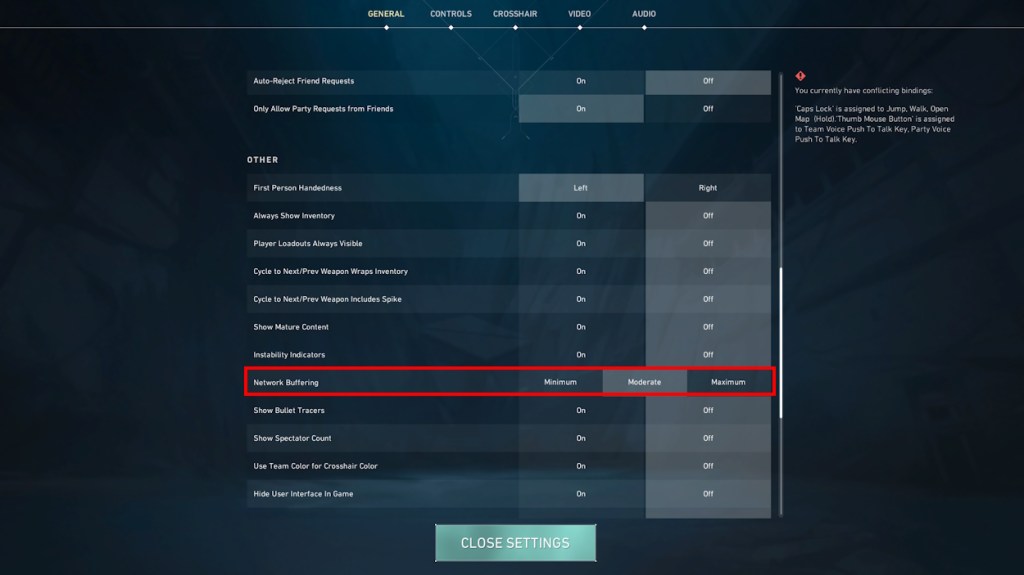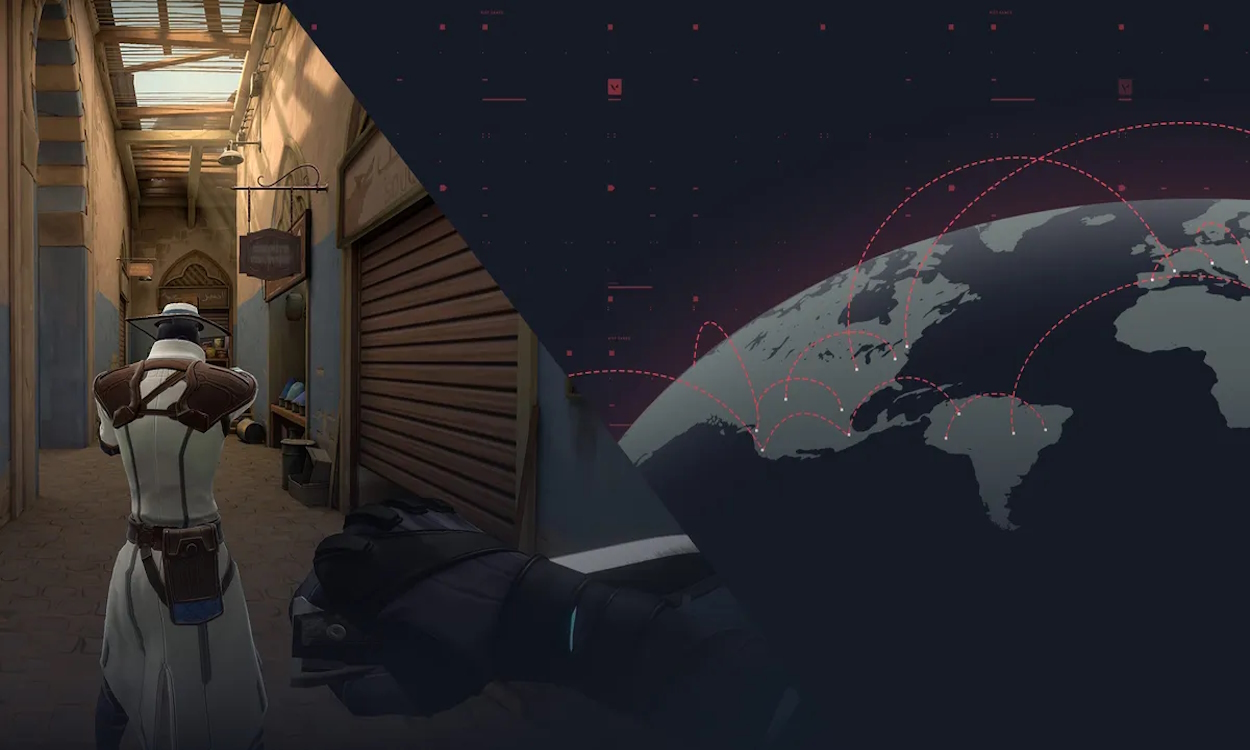Network Buffering has been known to be a great addition to live shooter games. While it doesn’t demolish packet loss, it makes things a whole lot better. Fortunately, Valorant network buffering is also a thing and is relied upon by many players. But what exactly is it and how does it help? Well, let’s discuss what Valorant network buffering is and how it affects gameplay right here.
What is Network Buffering in Valorant?
Valorant’s network buffering acts as a temporary holding bay for the game’s data before it is sent to the server. This buffer mitigates the effects of packet loss, a frequent culprit behind lag and jerky movements in online games. For those unaware, packet loss occurs when data packets carrying information about player actions and game updates fail to reach their destination.
When this happens, the game struggles to stitch together a smooth representation of what’s happening on the server, causing players to experience inconsistencies like teleporting enemies or rubberbanding (being snapped back to a previous position).
By storing outgoing data for a short time, network buffering allows the game to compensate for missing packets. If a packet is lost, the buffer can resend the information or use the buffered data to predict the missing information until the next packet arrives. This creates a smoother gameplay experience by filling in the gaps caused by packet loss.
However, there’s a trade-off to consider. While network buffering can improve the visual smoothness of the game, it also introduces a slight delay in registering your inputs with the server. This is because the game needs to wait until the buffered data is sent before it can acknowledge your actions. The higher the buffering setting, the larger the buffer and the greater the input delay.
In essence, network buffering offers a choice between a smoother gameplay experience (with a bit of a laggy feel) or a more responsive experience (that might be choppier due to packet loss).
Related Articles
Best Valorant Network Buffering Setting
In Valorant, the optimal Network Buffering setting depends on your internet stability. If you experience minimal packet loss, choose “Minimum” for the lowest delay (7.8125ms) and most data sent (128 tick rate). This prioritizes responsiveness for smoother gameplay.

However, frequent packet loss disrupts information flow. In such cases, consider enabling Network Buffering. It compensates for missing data by increasing buffer size (delay). Experiment with “Moderate” (3-frame delay, 64 tick rate) or “Maximum” (5-frame delay, 32 tick rate) to see which reduces lag and improves your experience.
Remember, a larger buffer reduces responsiveness but can make the game feel smoother with unstable connections. Test each setting to find the best balance for you. Once done, you can fully use your Valorant agents and win more Valorant ranked games.
That is everything you need to know about Network Buffering in Valorant and its best settings. Have any questions? Shoot them down in the comments below.




